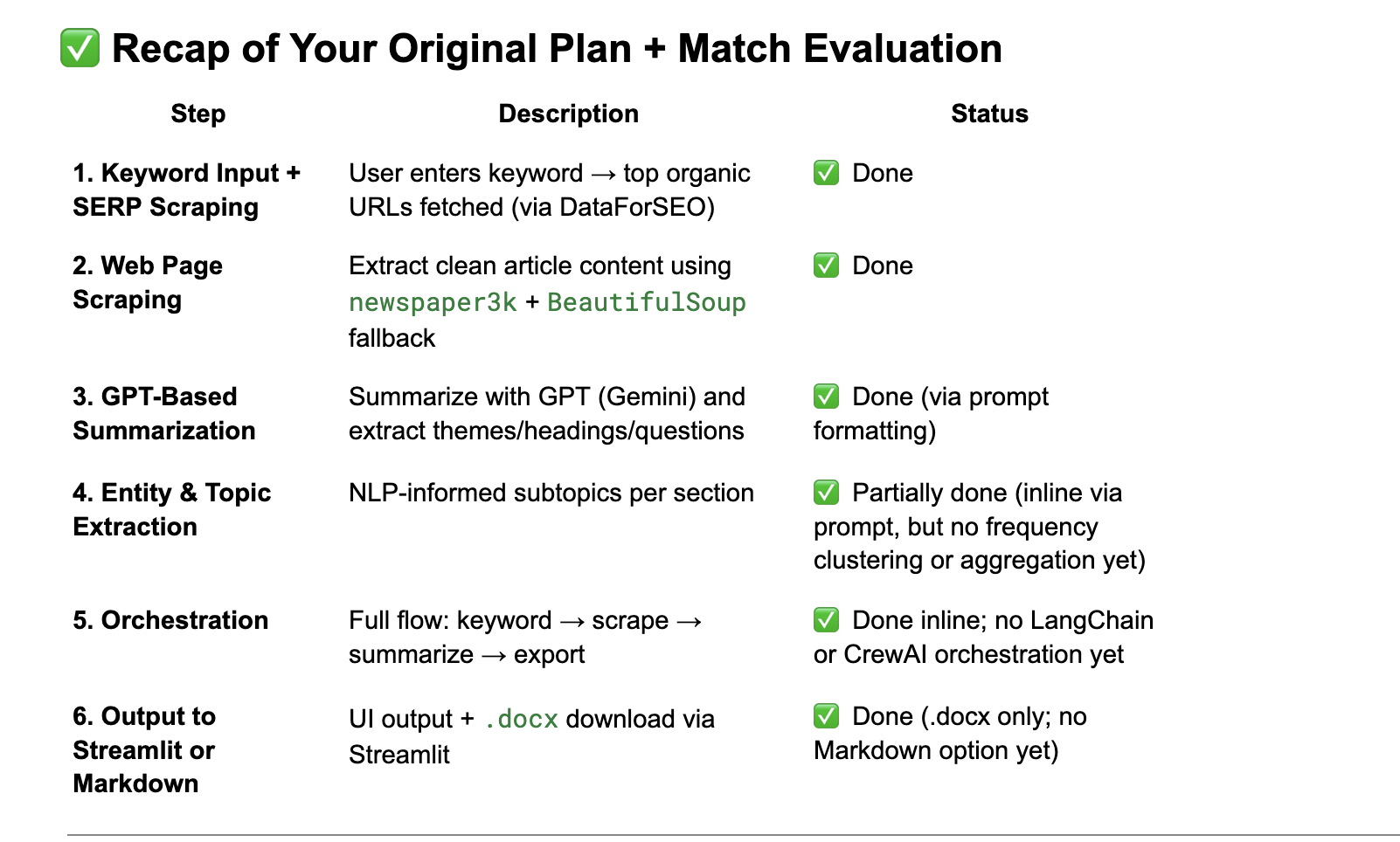What is llms.txt and Why Does It Matter
LLMs are quickly changing how content gets discovered. Publishers and website owners are responding in kind, seeking to control how their content is used. With llms.txt being introduced - a proposed machine-readable file designed to communicate usage preferences to AI crawlers - content control become more feasible. The llm file faciliates AI info, much like how the robots.txt file faciliates traditional web indexing.
Its all about signals
The llms.txt file lets website owners signal how they want their content to be used when responding to LLM queries. For example, a publisher might specify that their content can be crawled, but note that it should not be used for long-term model training. Other publishers may allow only excerpts to be used in responses. Some publishers may even be more script.
